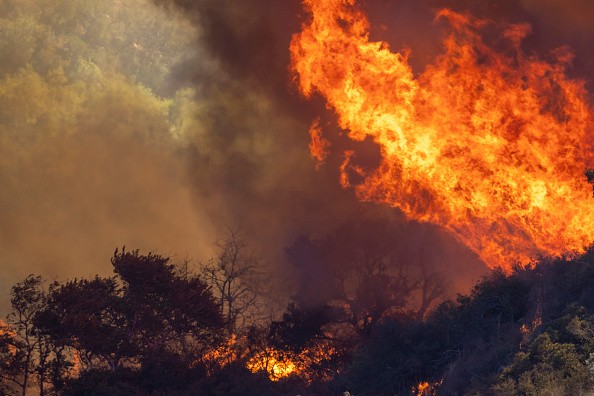
La Nina is officially back and is ready to have a remarkable impact on US weather this winter.

La Nina
As per National Oceanic and Atmospheric Administration (NOAA) report Thursday, there's a surprising 87% possibility that the dryness of La Nina will become stronger "at least" in the second month of 2022. Meaning that the historic Western wildfires will continue.
Dry is also the keyword here. La Nina takes place when sea surface temperatures that are cooler than average develop in the eastern Pacific Ocean close to the equator. When this happens, just like what is occurring now, La Nina rises again and this brings drier conditions to a greater part of the Western U.S.
But the same impact is not noticed in all regions of the Western Hemisphere. The Midwest will see frigid conditions from this phenomenon and the Northern U.S. could possibly face the same.
However, the difference for those living in the north is an extremely wet fallout and snowy winter. The same goes for people in Canada.
Because of this, there will be increased wildfire risk in the West. Extremely high.
Wildfire
In a year that has witnessed the historic Dixie Fire as fires like the rapidly-increasing Alisal Fire that is still blazing, La Nina could prove possibly disastrous. The Pacific Northwest may, fortunately, notice a decrease in risk.
Despite the fact that the Thursday report of NOAA brings the initial wide-breadth mention of La Nina, the impact of the phenomenon has already started
The organization made mention of the Atlantic hurricane season of 2021 as part of the four most active in the historical records. In 1851, tracking of Hurricane started and in the time since the impact of La Nina has been carefully recorded.
Scientists understand La Nina to reduce the intensity of Pacific storms, but it tends to fuel them across the Atlantic which 2021 reveals in tragic detail. Also, seven weeks is still remaining in the hurricane season for this year.
Out West, America has witnessed another year with remarkable wildfires. California, specifically, has witnessed horrific catastrophes. As per the California Department of Forestry and Fire Protection, the fire has affected 2.5 million acres. This is as a result of staggering 7,900 fires in just 2021.
El Nino
On October 21, NOAA's official outlook for 2021-2022 winter will be released. More information will come with this report as well as the reason we're witnessing another La Nino rather than its inverse, El Nino.
2019 was the last time El Nino occured. There is the formation of El Nino when warm sea surface temperatures develop in the Pacific, opposing the La Nina's cold. The former prompts remarkable rain and snow to the American South; something brought by 2021 in spite of the situation.
Hopefully, continuing strategies that slow down fire will put an end to La Nino's impact for the West.
Related Article : Arrival of La Niña: Stormier, Colder Winter and Drier, Warmer Weather for Various Regions Worldwide
For more news, updates about La Nina and similar topics don't forget to follow Nature World News!
© 2025 NatureWorldNews.com All rights reserved. Do not reproduce without permission.





